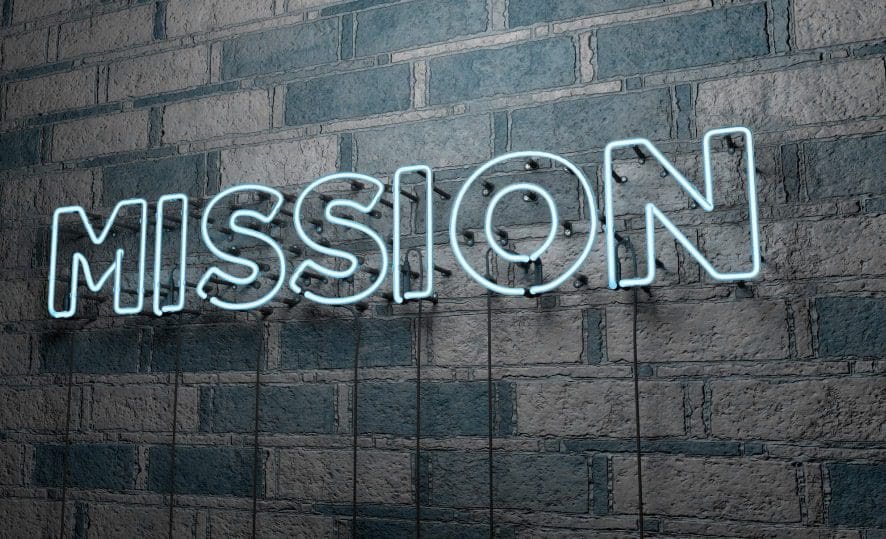The homeless populations in both the county and city of Los Angeles are increasing so rapidly, elected officials say even they are “stunned.” But don’t expect anything other than more government spending, higher taxes and tighter regulations in the near future.
A year after celebrating a small decrease in homelessness, Los Angeles politicians have less to say now that a point-in-time count shows a 16 percent increase in the city and a 12 percent increase across the county. That brings the total number to nearly 59,000 countywide, with over 36,000 in the City of Angels.

“We are pretty well stunned by this data,” LA City Councilman Mark Ridley-Thomas told the LA Times on Tuesday, reacting to a report published by the LA Homeless Services Authority.
Stunned indeed, as in unshaken. There is no sign from anyone on the city council or county board of supervisors that cutting red tape for private developers is in the works.
In fact, LA Mayor Eric Garcetti used the news to promote another “investment” of $42 million toward homeless services.
“And I know that, if we keep working together, believing in one another, and caring for people in desperate situations, we will end homelessness in this city,” Garcetti said.
More than ever, the blame is being placed on the lack of affordable housing. Although lip service is paid to the issues of mental illness and drug addiction, the official narrative is that people are “pushed” into “experiencing homelessness” by exorbitant rent rates and federal disinvestment.
While libertarians understand that an increase in housing supply would lower prices, what if much of the time that didn’t address the hardcore elements of this crisis? After all, Pasadena saw a steep decrease of 20 percent in its homeless population, but housing is quite expensive there. There are other cities like that too.
By far, the highest increase of homeless by age was the 18-to-24-year-old group, which grew 24 percent since last year. Why aren’t they living with their parents, as roughly 42 percent of all Los Angeles millennials do?
There was a 17 percent uptick in “chronic homelessness,” those who are mentally or physically impaired and homeless for over a year.
The report also found that over 2 percent of the homeless population was transgender, while transgender people have been estimated to be as high as 0.5 percent of the total LA County population. All this is to say that a big part of the problem can’t be solved as simply as building more housing, because there are special needs in more difficult circumstances.
Yes, developers in California and LA County especially have to go through hell and back to build anything. But election after election, the people vote in more top-down socialist leaders and approve more taxes by the ballot as well.
Homelessness in LA is not new, though it has grown in intensity and danger and produced more medieval diseases in recent years. It’s probably not realistic to expect much progress in terms of liberty or free market reforms, considering the demonization of Airbnb and similar innovations in lodging decentralization across California.
Maybe it will take the bubonic plague, which Dr. Drew says is likely already present in LA, to discourage more homelessness. Aside from the taboo of suggesting the forceful institutionalization of the mentally ill, the other most uncomfortable part of the homelessness issue is how much of it might be a lifestyle choice.
LA is set to host the 2028 Olympics, so what’s going to happen until then? If the sense of urgency grows, will that mean a mass conversion to freeing the housing industry? Or, a rejection of the “right” to live in the streets?

























